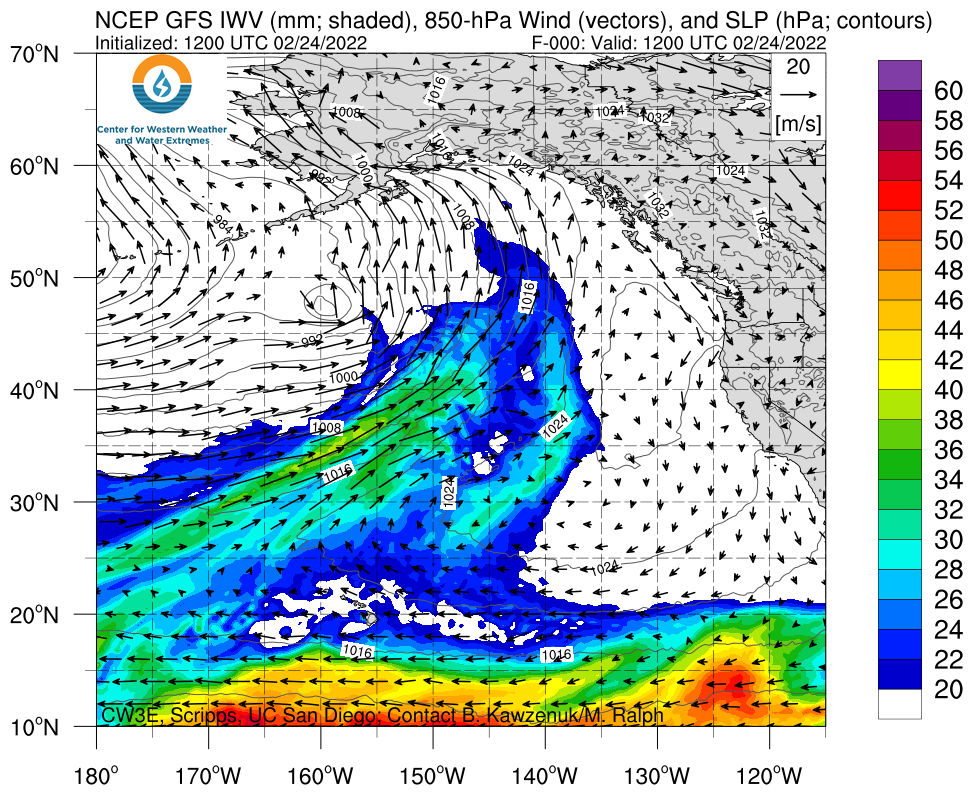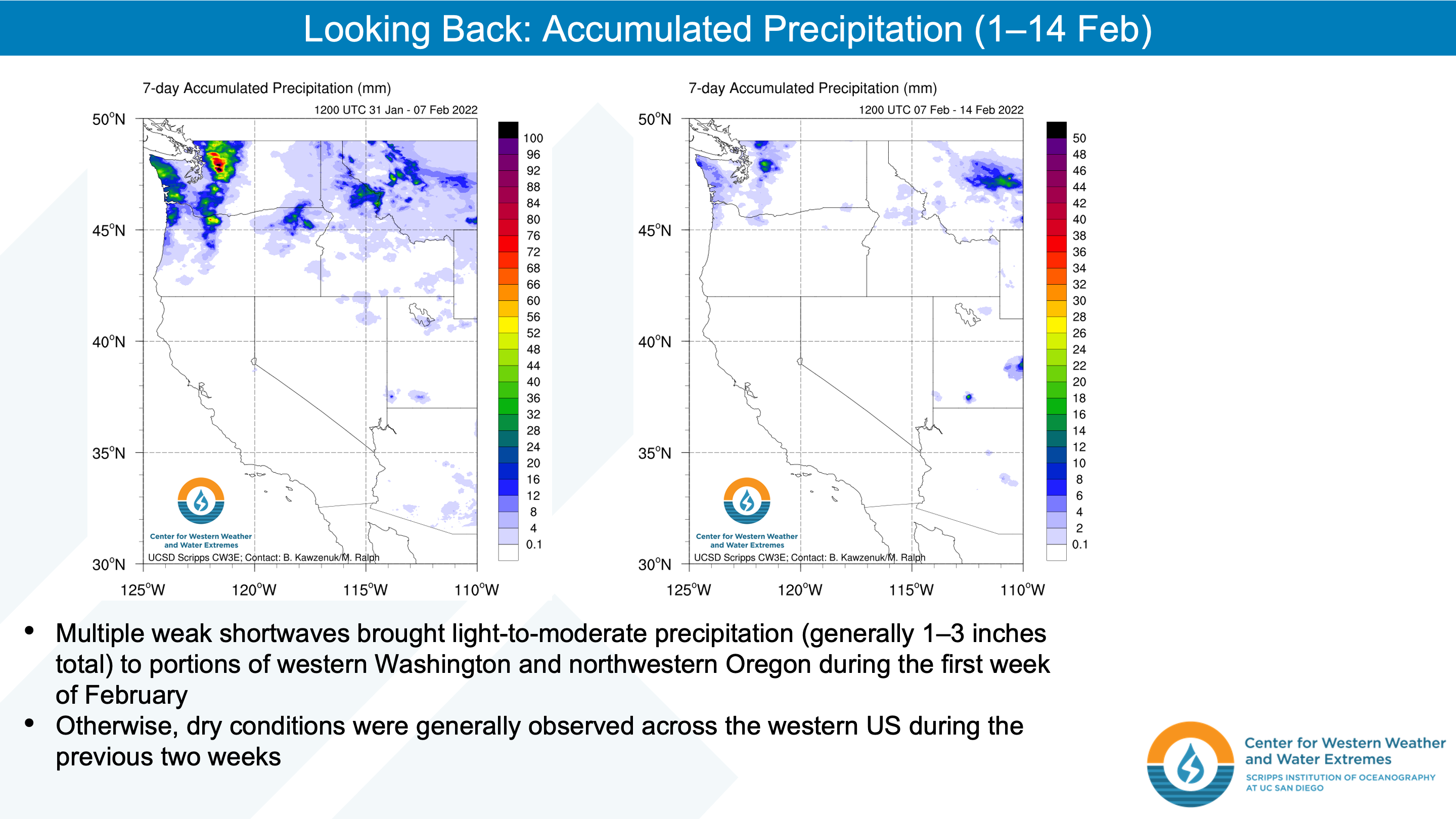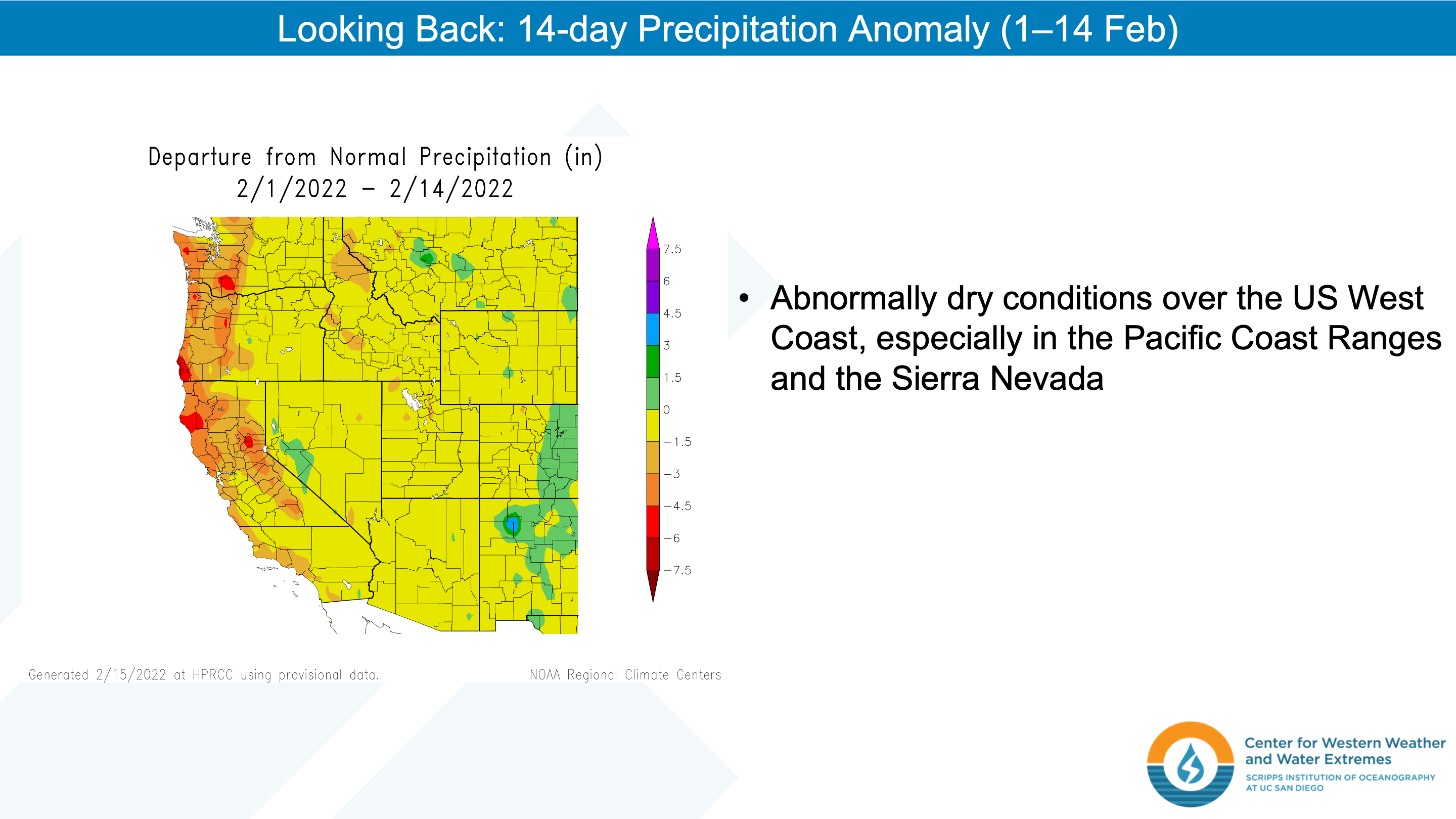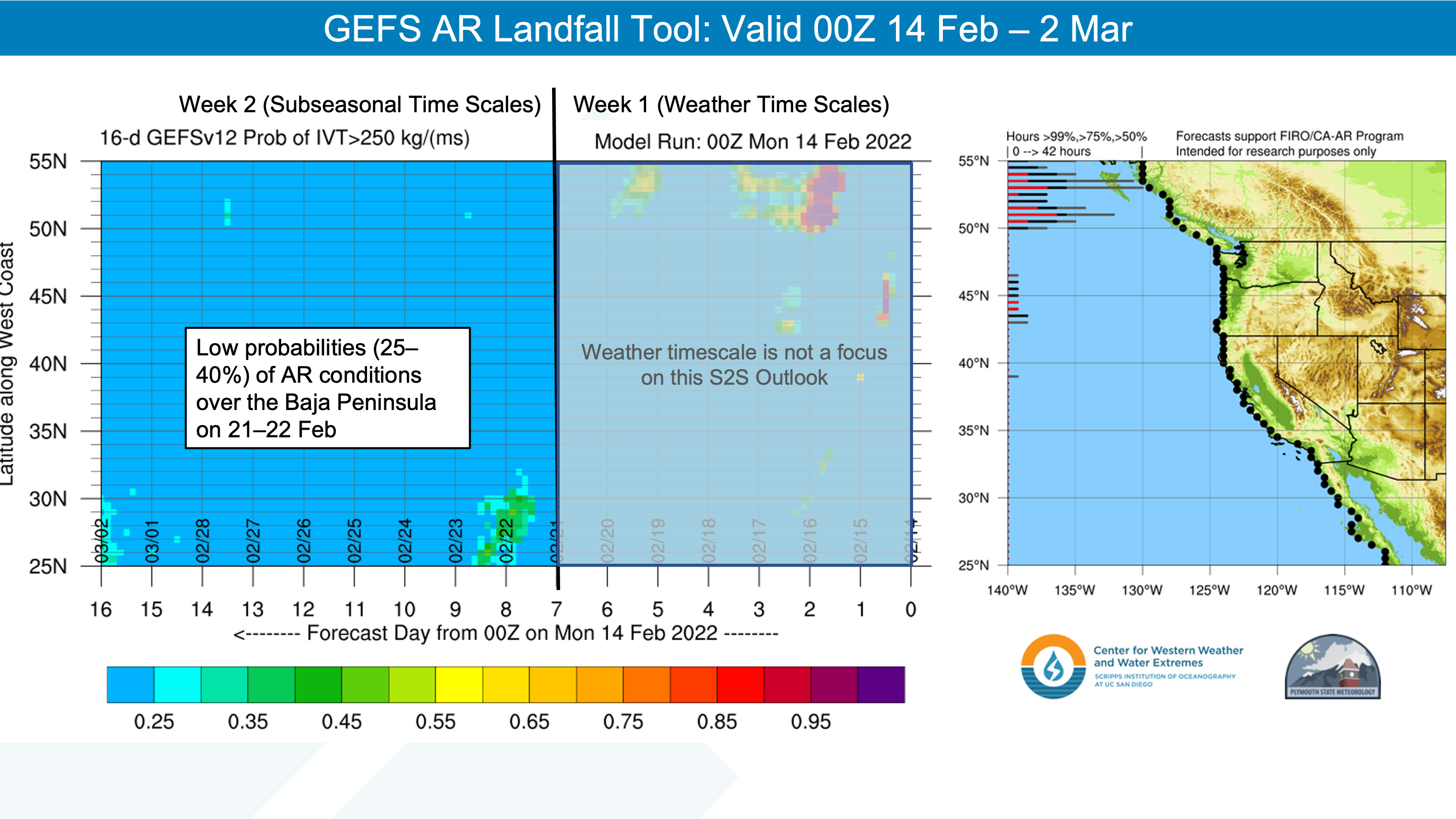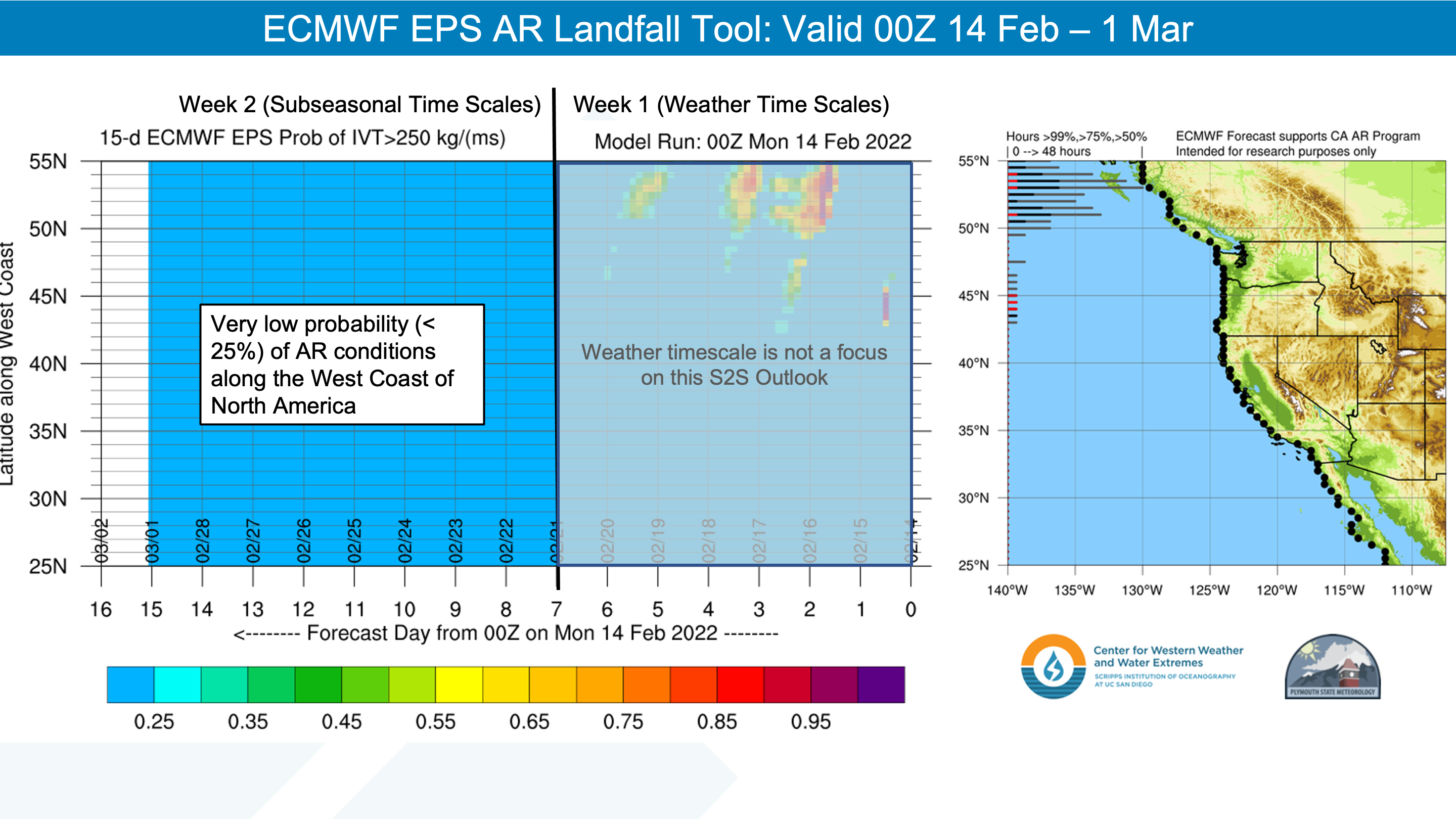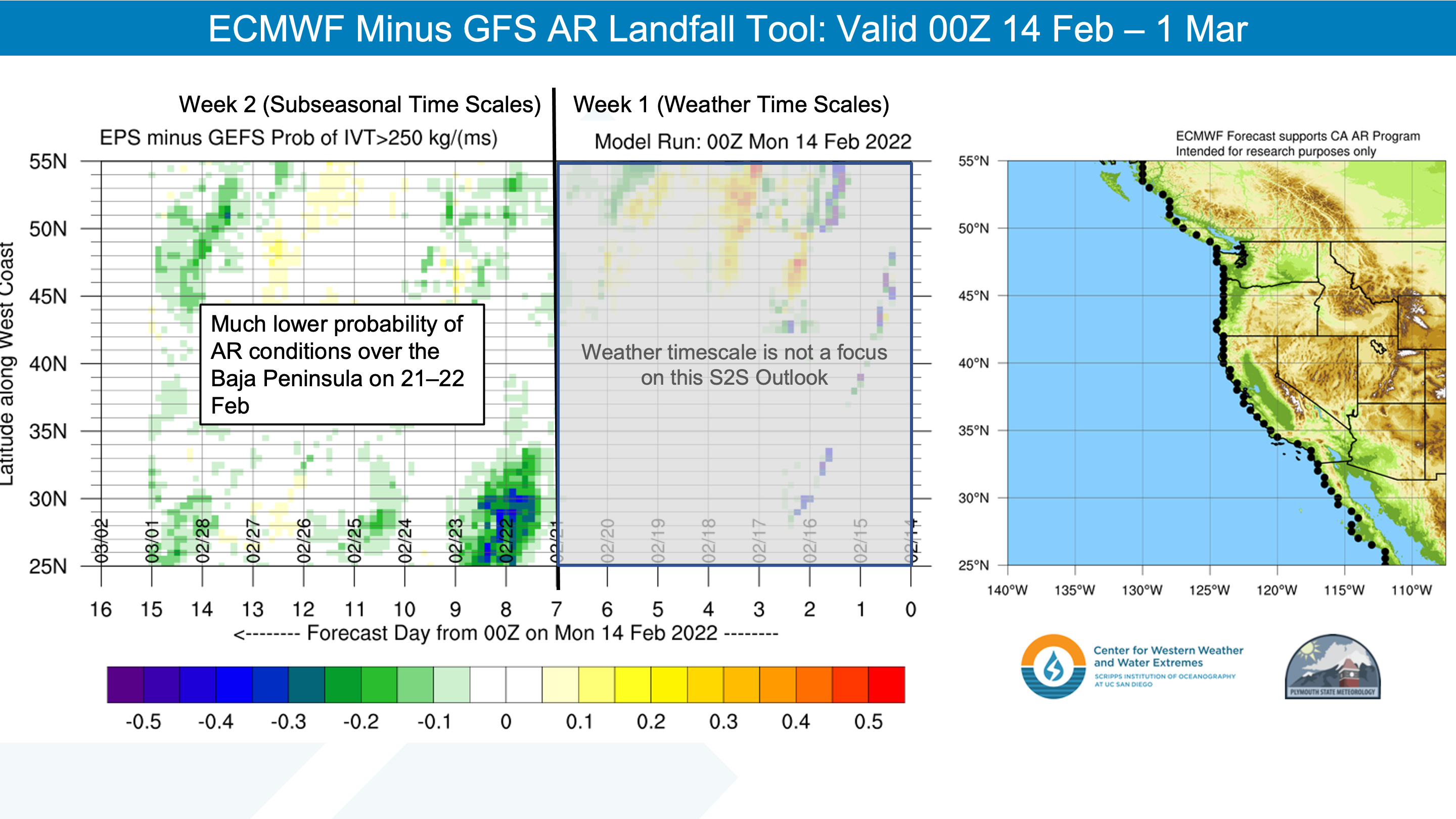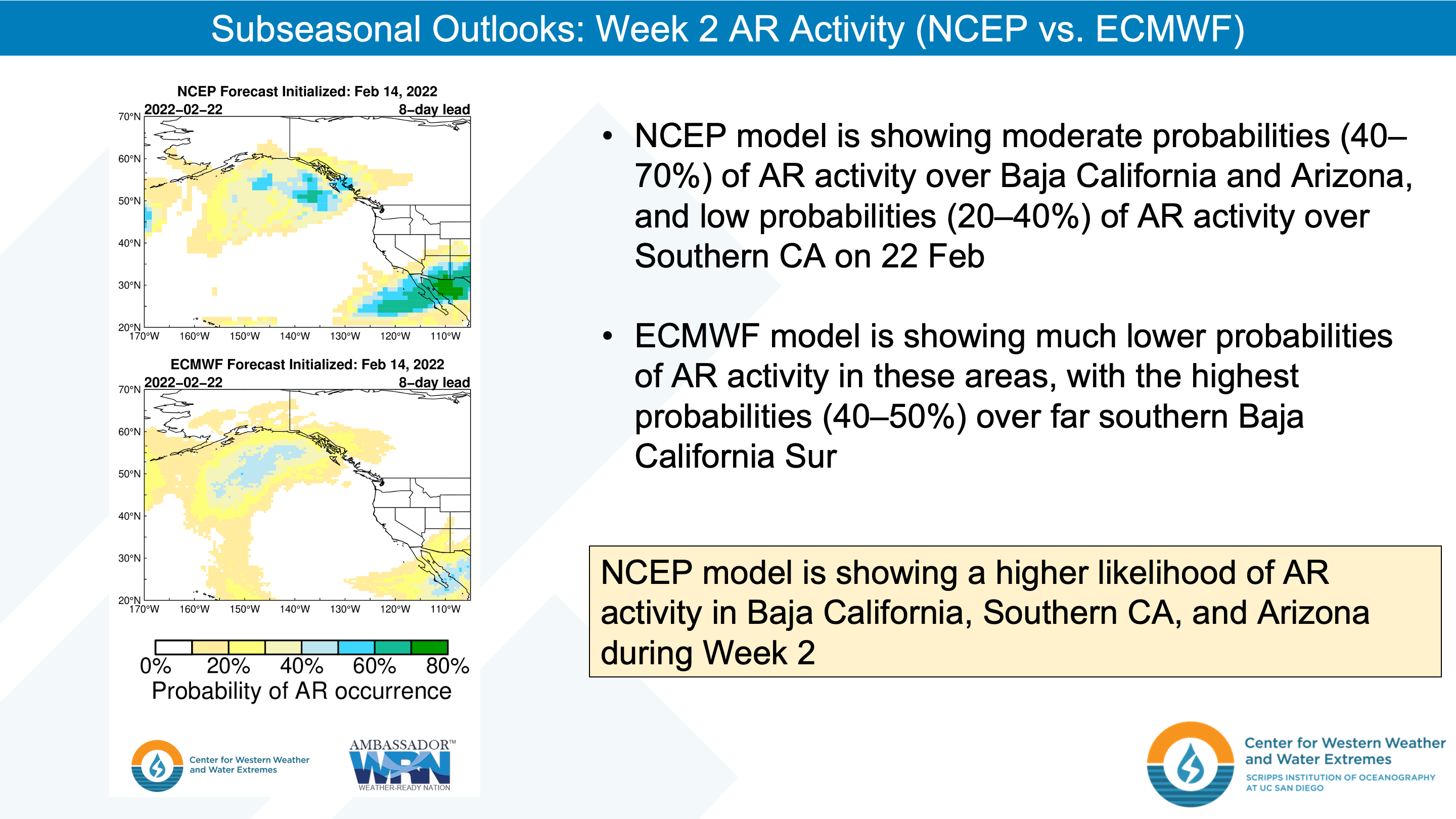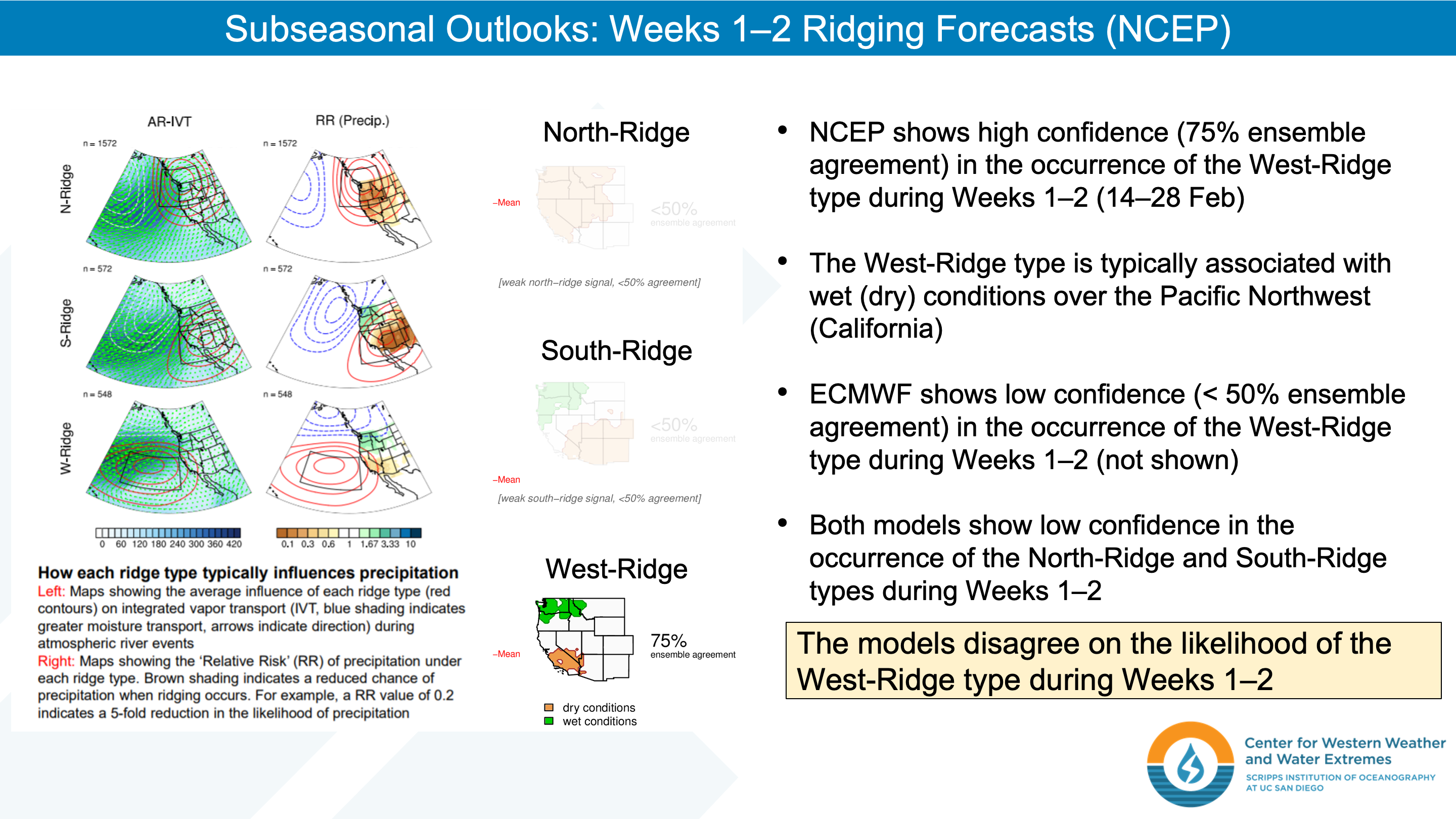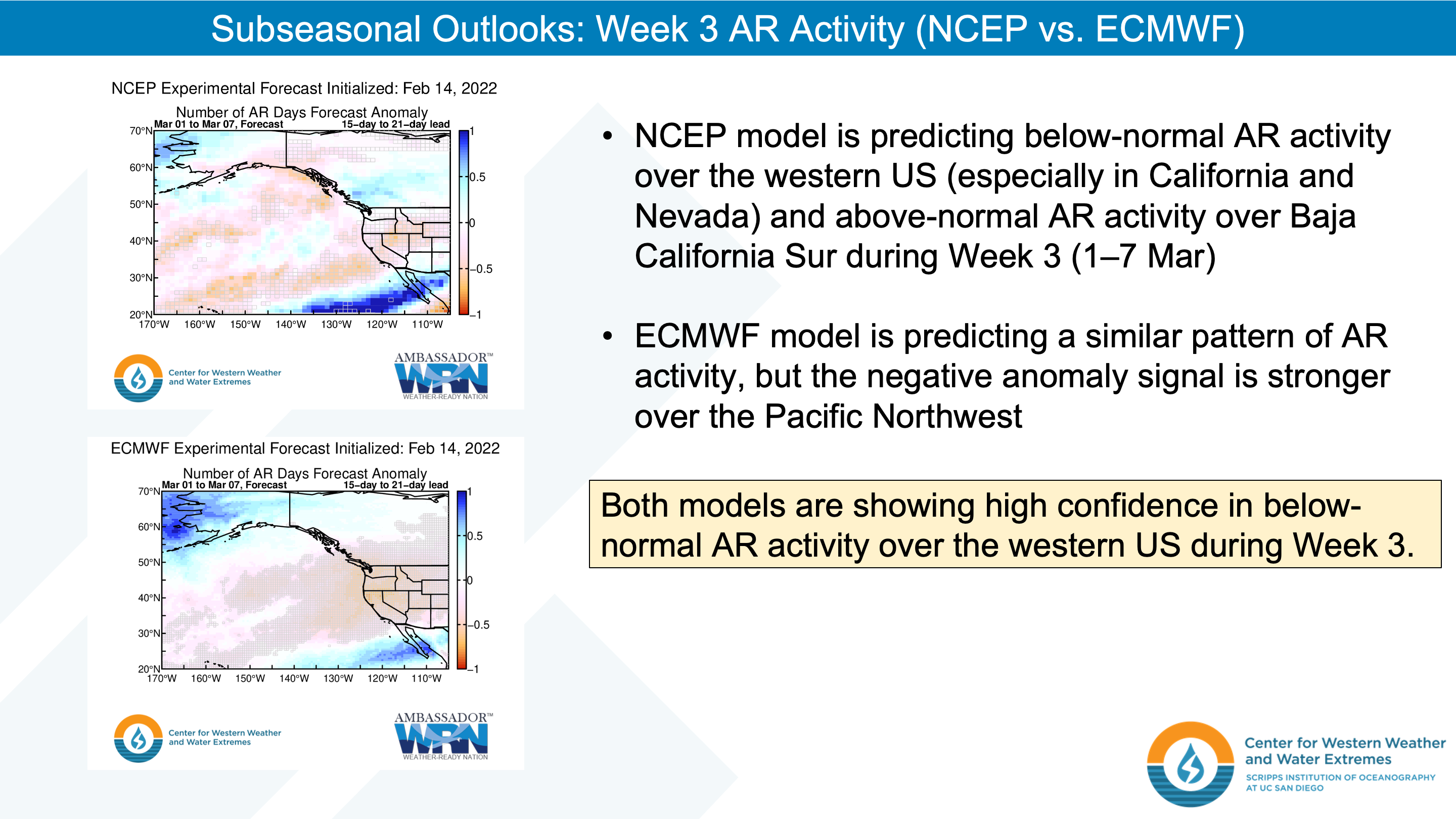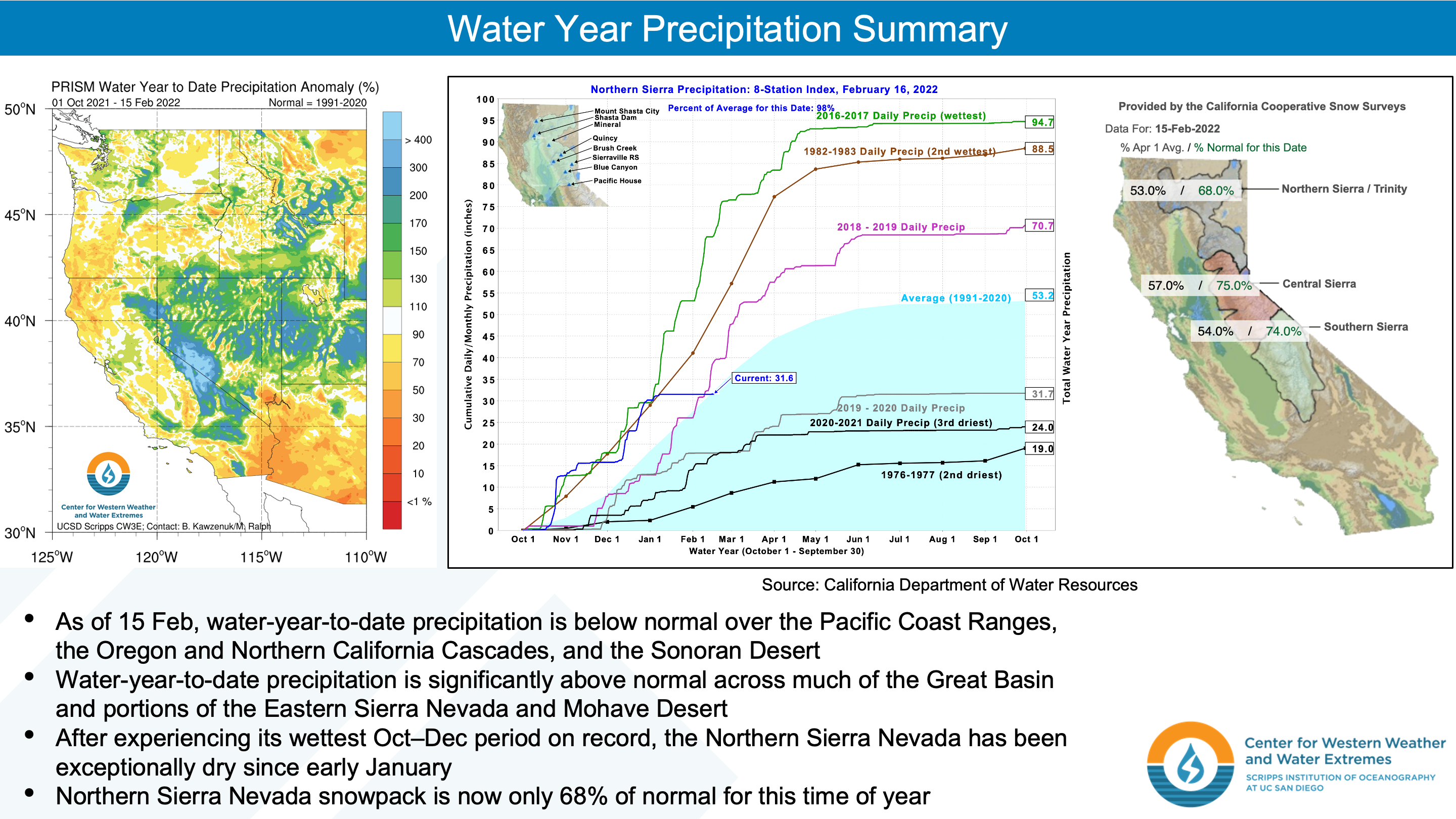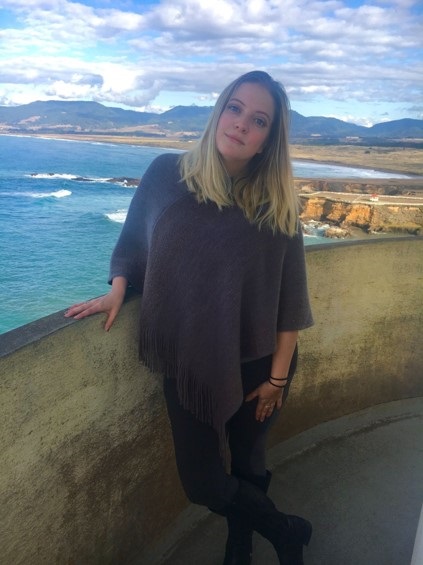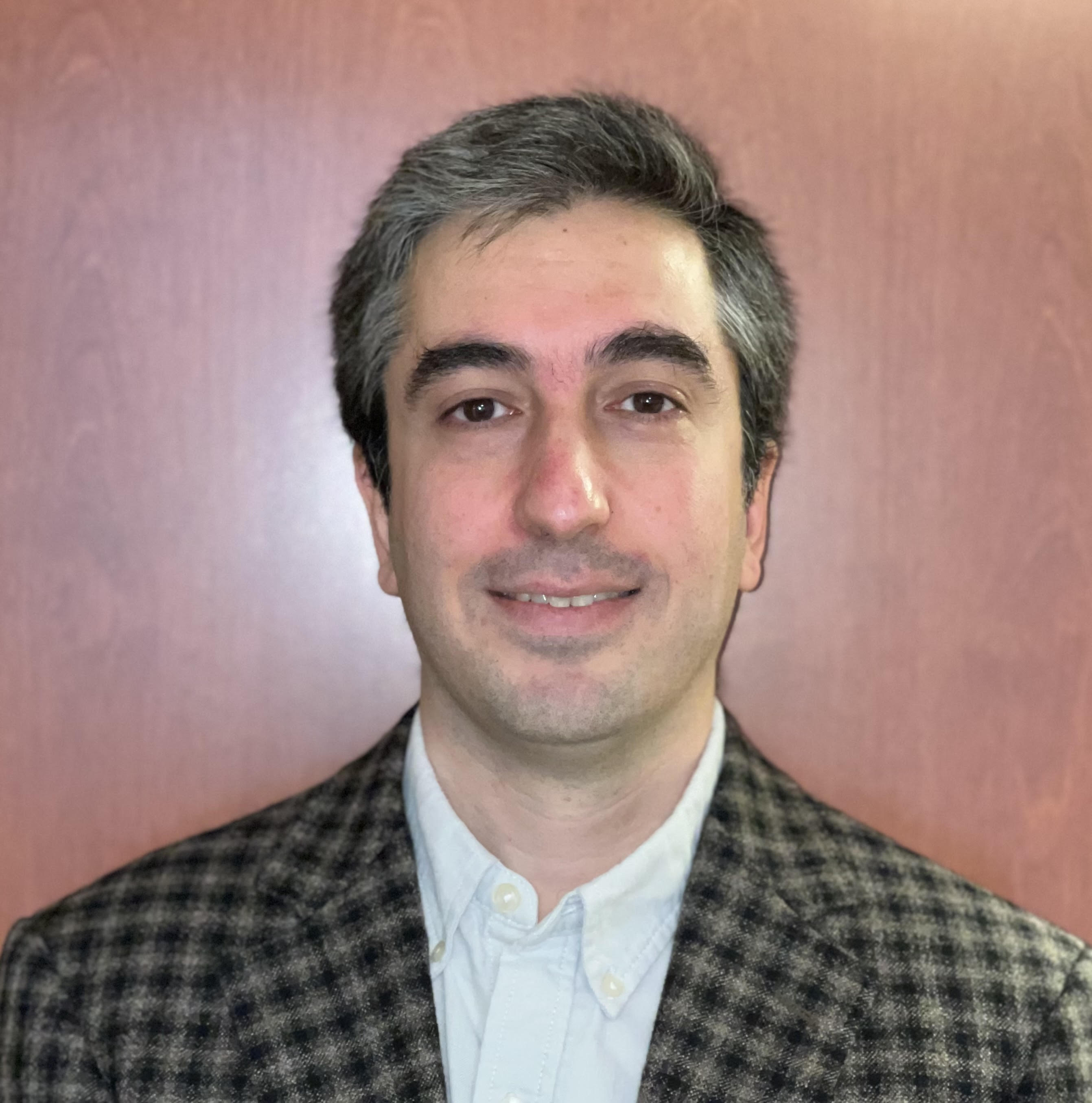CW3E Publication Notice
First Airborne Measurements with a G-band Differential Absorption Radar
February 15, 2022
Richard J. Roy (Jet Propulsion Laboratory, California Institute of Technology (JPL)), along with JPL co-authors Ken B. Cooper, Matthew Lebsock, Jose V. Siles, Luis Millán, Robert Dengler, Raquel Rodriguez Monje, and Stephen Durden, and Forest Cannon and Anna Wilson (Center for Western Weather and Water Extremes, Scripps Institution of Oceanography), recently published a paper in the Institute of Electrical and Electronics Engineers (IEEE) Transactions on Geoscience and Remote Sensing. The article, titled “First Airborne Measurements with a G-band Differential Absorption Radar”, contributes to the goals of CW3E’s 2019-2024 Strategic Plan to support Atmospheric River (AR) Research and Applications and Emerging Technologies by providing a critical assessment that can be used to inform future G-band atmospheric radar applications, including potential methods for improved differential absorption radar (DAR) measurements and radar calibration stability.
This study presents observations and analysis from the first airborne deployment of a G-band atmospheric radar, the Jet Propulsion Laboratory’s Vapor In-cloud Profiling Radar (VIPR). Analysis includes an assessment of radar calibration stability, the first observations of calibrated ocean surface backscatter above W-band and comparison with various scattering models, and investigations into partial column water vapor and in-cloud humidity profiling measurement capabilities from a nadir-viewing platform by comparing with collocated thermodynamic profiles from weather balloon soundings. Utilizing a combination of ground-based calibration measurements and airborne cloud observations that are validated by independent sensors, the study assesses transceiver cross-calibration stability between the two DAR frequency channels. By comparing calibrated, unattenuated ocean surface backscatter measurements with existing models, Roy et al.’s findings demonstrate the need for improvements in treating ocean surface scattering at G-band frequencies for future in-flight radar calibration applications. The study utilizes science-oriented flights off the coast of California to demonstrate partial column integrated water vapor (IWV) measurement capabilities with 0.3 mm precision in clear sky by performing a descent maneuver over an operational radiosonde launching site and comparing with the coincident in-situ profiles to find a root mean square error (RMSE) of 0.5 mm. Additionally, the study presents water vapor profiling and IWV measurements in the presence of clouds and precipitation when flying through a frontal weather system in the vicinity of Bodega Bay (Figure 1). By comparing with coincident radiosonde profiles, Roy et al. finds a RMSE for in-cloud humidity profile retrievals of 1.1 gm−3 and precision of 0.6 gm−3 while the IWV retrievals reveal a bias from differential hydrometeor extinction of 5 mm. The use of balloon soundings from CW3E were critical in the authors’ ability to assess bias and RMSE in the DAR retrievals.
Important implications of these investigations include the demonstration of long-term transceiver calibration stability, the need for further refinement of existing scattering models and ocean wave spectra to adequately capture the physics of ocean scattering at such high radar frequencies, and the need to account for bias in the DAR water vapor retrievals that come from frequency-dependent radar beam scattering from cloud particles. While there is still work to be done to optimize these techniques, this study presents important findings that can be applied to improve future G-band atmospheric radar applications.
Figure 1 (Fig. 10 in Roy et al., 2021): (a) Vertical temperature profiles from the CW3E radiosonde launches from BML. Also plotted is the temperature profile used for DAR retrievals (dashed line), which only assumes knowledge of the surface temperature. (b) Same as (a) for humidity profiles. Note that for the DAR IWV retrieval, only the shape of the humidity profile is assumed (here an exponential with scale height of 2.5 km), while the overall normalization is determined by the retrieval. (c) Time series of surface-to-aircraft column IWV retrieved from VIPR observations (blue circles) for flight leg in (d). Dashed line in (c) corresponds to radiosonde-derived IWV within the warm sector of the frontal system. (d) Aircraft track and overlaid IWV retrievals from flight leg near BML on Jan. 21, 2020 between 19:40 and 21:00 UTC, with dashed line denoting the qualitative frontal boundary.
Roy, R.J., Cooper, K.B., Lebsock, M., Siles, J.V., Millán, L., Dengler, R., Monje, R.R., Durden, S., Cannon, F., and A.M. Wilson, 2021: “First Airborne Measurements with a G-band Differential Absorption Radar,” in IEEE Transactions on Geoscience and Remote Sensing, doi: 10.1109/TGRS.2021.3134670.

